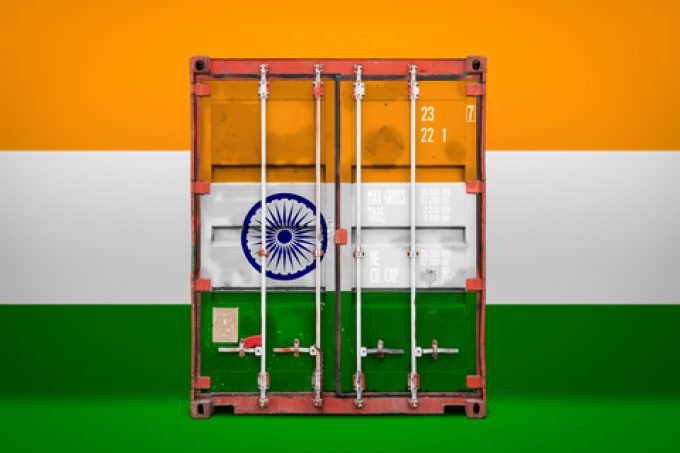Freighter suspension plan at Mumbai Airport a disaster for perishables trade
Mumbai International Airport (MIAL) has announced a suspension of freighter operations from 16 August for ...

The increasingly steady Indian container market is seeing a flurry of new long-haul services, as ocean carriers deftly redeploy tonnage to improve capacity utilisation and profitability.
MSC’s Asia-US west coast connection, branded Sentosa, will now include calls at Nhava Sheva (JNPT) and Mundra in India, and is the latest example of this evolving industry trend.
It follows the Cosco/OOCL consortium beginning a West India-US east coast routing, after closing a China-Vietnam-US east coast loop and Taiwanese carrier Wan Hai Lines announcing an ...
Outlook for container shipping 'more uncertain now than at the onset of Covid'
Transpac container service closures mount
Zim ordered to pay Samsung $3.7m for 'wrongful' D&D charges
Shippers warned: don't under-value US exports to avoid tariffs – 'CBP will catch you'
Cancelled voyages take the sting out of spot rate declines this week
New Houthi warning to shipping as rebel group targets specific companies
Blanked sailings in response to falling demand 'just a stop-gap solution'
K+N CEO unveils impact of US import tariffs on China-origin goods


Comment on this article